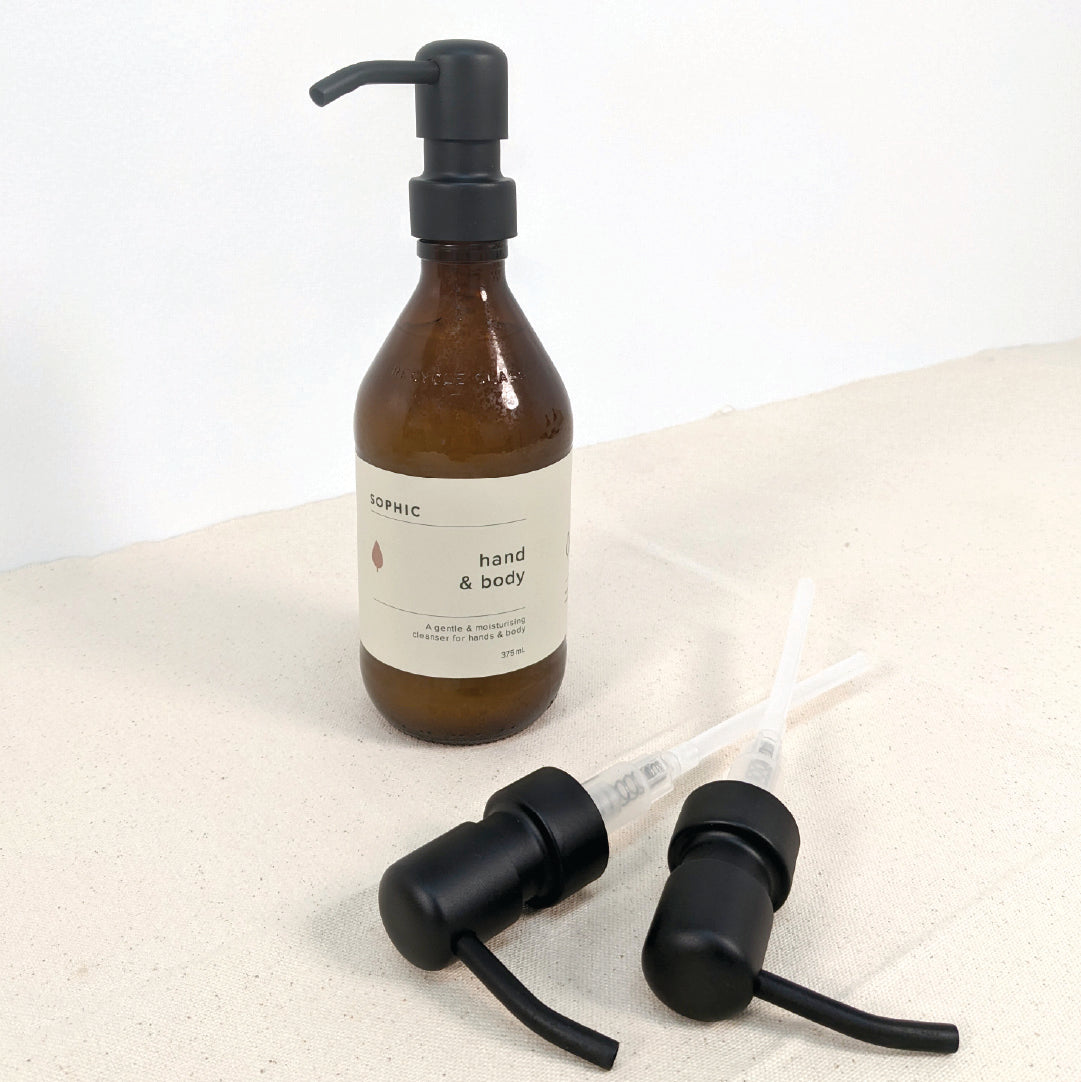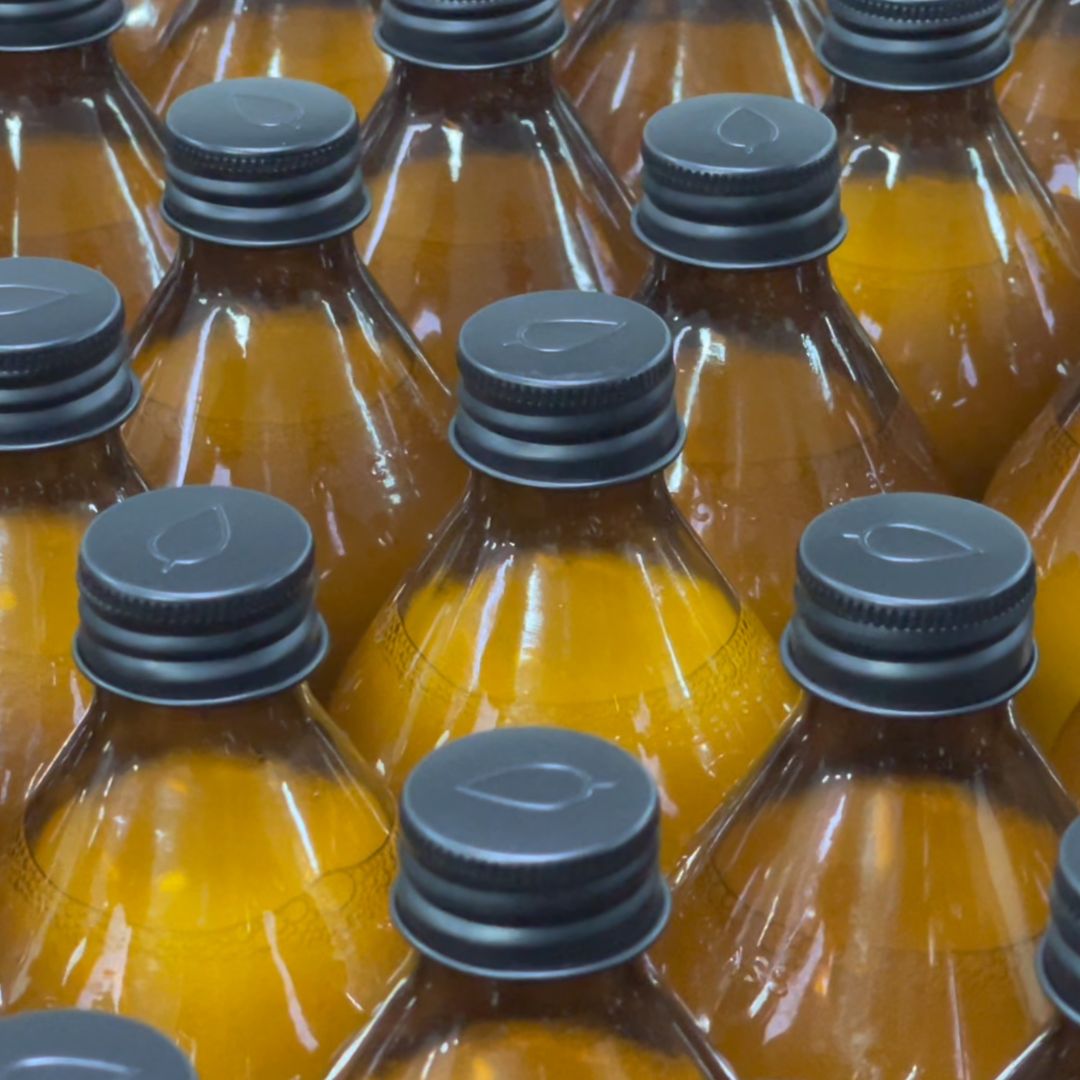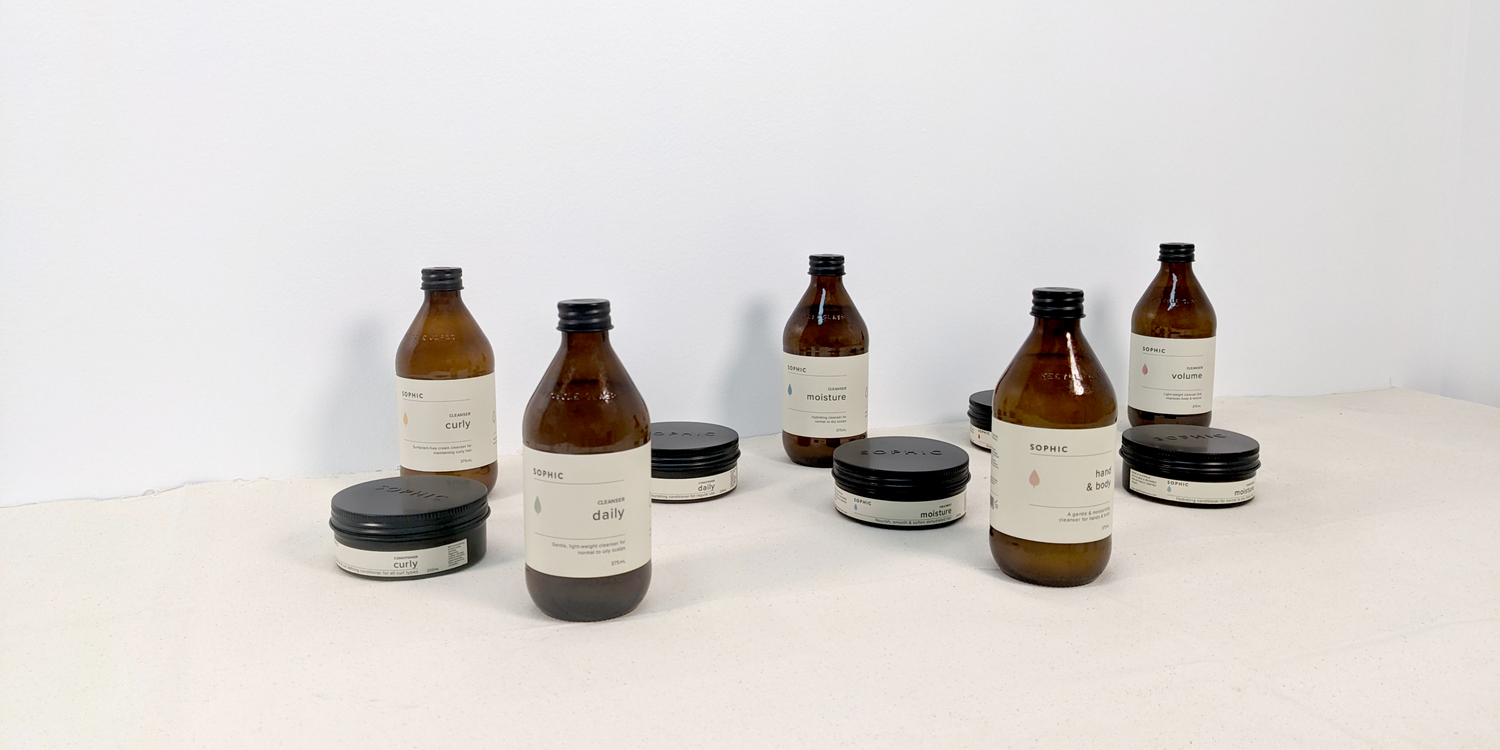
REUSE | REPURPOSE | RECYCLE
When creating a product, beauty brands often think about ways to make the the unboxing experience more exciting. But where do all those boxes, paper and glitter go?
Packaging can be beautiful, functional and without excess.
Recycling used to be the go-to action after a product had been used.
We consider it the last point of call.

REUSE
We offer salons our product in bulk to encourage refilling stations.
We also have metal pumps that are sold separately. Pumps are often difficult to recycle as they are made from a mix of materials. Selling pumps seperately means we reduce the amount of pumps that end up in landfill.

REPURPOSE
If refills aren't available to you, why not fill them up with something else? Bulk food stores are popping up around the country. Simply wash your bottles and tins and repurpose.
We also recommend turning our bottles into vases or for propergating.

RECYCLE
We have teamed up with the Australian Packaging Covenant Organisation (APCO) to participate in their Australasian Recycling Label Program (ARL).
The Australasian Recycling Label (ARL) is an evidence-based labelling system for Australia and New Zealand that provides easy to understand instructions about how to correctly dispose of every part of a product’s packaging. Now we know which parts belong in the recycling bin, the rubbish bin, or which items can be returned in Australia to a Coles or Woolworths store through their soft plastic collection bins.
HOW DOES IS WORK?
There are three types of label classifications:

Why do we need it?
Australians and New Zealanders care about the environment and want to do the right thing. But with hundreds of recycling labels out there, getting recycling right can be confusing and even recycling gurus get it wrong.
The ARL removes recycling confusion. When we dispose of our waste correctly, we keep contamination out of the recycling stream and recyclable material away from landfill.
Unlike other labels, the ARL is an evidence-based system underpinned by the Packaging Recyclability Evaluation Portal (PREP). As not all packaging is created equal, not all recycling labels should be the same. It is not possible for a piece of packaging to have the ARL without a PREP assessment that backs up disposal claims.
PREP assesses not only the materials used to manufacture a piece of packaging, but also its shape, weight, size, inks, adhesives used and many other variables. PREP simulates the behaviour of packaging in the Australian and New Zealand recycling ecosystems, from the moment it is collected to when it is sorted at Materials Recovery Facilities and in subsequent processing facilities, ready to become new packaging or a product.

The availability of collection services is also accounted for. PREP assesses the piece of packaging against the number of people who can recycle it via their council kerbside collection service. Kerbside access levels are determined using the data from RecyclingNearYou.com.au for Australia, and WasteMINZ data for New Zealand, which is updated annually.
If more than 80% of the population with kerbside recycling can recycle an item, it is considered Widely Accepted. Where 60-80% of the population has access, it is considered Less Widely Accepted and consumers may be prompted to Check Locally with their councils. If less than 60% of the population with kerbside recycling can recycle an item, it is considered below the threshold of recyclability and classified as not-recyclable.

The technical recyclability and council collection status combine to inform whether a packaging item is recyclable, not recyclable or if consumers have to take an extra step to recycle an item.
